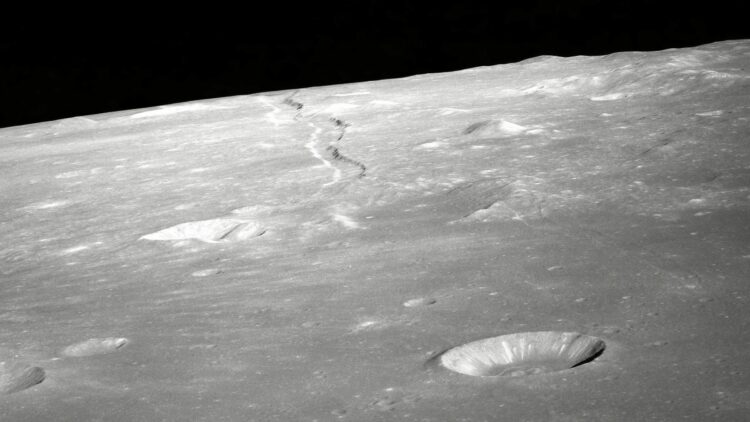Space tensions are on the rise as China and the U.S. compete for natural resources located beyond Earth. Both China and the U.S. are scrambling to gain control of a vast helium-3 deposit. Now that the hidden mine has been discovered on the lunar surface, both countries are eyeing the possibility of acquiring this rare isotope, which is ideal to power fusion reactors. Space exploration missions are well underway as both countries are targeting the Moon.
The discovery of a rather rare isotope on the Moon
It was in October 2025 that a company based in Helsinki called Bluefors entered into an agreement with space-mining startup Interlune. As per the agreement, Bluefors could purchase up to ten thousand liters of helium-3. The agreement allowed both companies to enter into a commercial transaction whereby a mineral never mined off-Earth was being traded. When it comes to helium-3, it is not available on Earth. This rare isotope can be found on the Moon since solar winds result in the deposit of helium-3.
Interlune has thus decided to send its Griffin-1 lander to the Moon to map concentrations of helium-3 in 2026. The announcement of the Griffin-1 lander making its way into space has already turned heads and attracted the interest of countries like the U.S. and China.
Nevertheless, the process of extracting valuable quantities of helium-3 poses a challenge as it requires the processing of a million tons of lunar soil. Then comes the challenge of getting large equipment to the Moon. Not only are there challenges, but also great costs involved.
Despite the challenges, companies like Blue Origin, SpaceX, and Astrobotic have joined in and are ready to be the first to tap into a resource only found on the surface of the Moon.
Rival countries have their own visions for the moon
The U.S.A. seems to be backing the Artemis Accords, which is a framework created by NASA to regulate the peaceful use of space resources. Countries like South Korea, Japan, and countries in Europe have signed on. As per the Accords, safety zones can be established around lunar operations.
China and Russia do not seem to see the safety zones established by the Accords in the same light. According to these countries, the safe zones symbolize territorial claims. Beijing and Moscow have established their own rival project called the International Lunar Research Station (ILRS), which was created with the intention of establishing a joint base on the Moon’s south pole by the year 2030. The rivalry is apparent as China’s state media has also criticized the Artemis Accords.
What the supply of helium-3 on the Moon’s surface could mean?
The Cold War may very well result in space. U.S. astronauts will land on the Moon by 2028. China is most likely to follow suit in 2030. The growing interest in the Moon is all too obvious. The findings of helium-3 on the Moon could mean energy independence for permanent settlements to be maintained.
While the enthusiasm for the findings on the Moon is clear, analysts have warned that this enthusiasm could also result in the establishment of exclusion zones on the Moon. For now, the Moon may hold the key, not only to an endless supply of helium-3, but to a supply of water beyond Earth.
The debate about the extraction and ownership of the Moon’s resources
Since private industries are getting involved, the legal landscape is being further complicated. Interlune and Blue Origin seem to be operating in what has been deemed the gray zone and are being restricted by limited international law. The 1967 Outer Space Treaty clearly outlines that claiming ownership of celestial bodies is forbidden, but the treaty remains vague about extracting and owning resources. The discovery of helium-3 has accelerated the race to gain the most from the Moon, since we are finding the energy of the future on the Moon.


